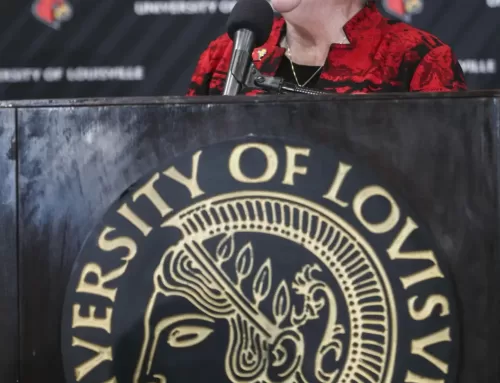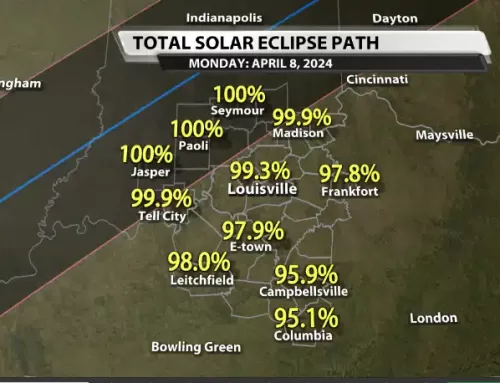By Aaron Holder–
On Feb. 24, U of L’s Department of Physics and Astronomy welcomed Christopher Graney to Chao Auditorium as part of their free spring public lecture series. Graney, a Spalding University professor, spoke on the theories of Copernicus, and how bad history breeds only bad science.
Graney’s lecture fell on a day of particular relevance. On Feb. 24, 1616, a Vatican high council deemed Copernican theories regarding the Earth’s celestial address and motion to be “foolish and absurd in philosophy and scientifically untenable.”
Copernicus is perhaps most remembered for his wildly controversial theory of heliocentrism—that the Sun, rather than the Earth, lay in the center of our Universe. These arguments were first presented to the Christian world in his 1543 book, “On the Revolutions of the Heavenly Spheres.” His ideas found support among many men of note, including Galileo Galilei.
Graney, neither a historian nor Latin scholar by trade, found himself combing over never-before translated Vatican documents. “I had to re-learn Latin to be able to read all of this stuff,” Graney said, “but it’s really cool because you know that no one has read any of it in ages.”
These documents, which Graney directly requested from the Vatican’s archives, included correspondences between Galileo Galilei and his protégé, Benedetto Castelli.
The letters between the two astronomers served as a way to reconcile Copernican theories with religion. These ideas Galileo would later expand upon in his treatise, “Letter to the Grand Duchess Christina.”
Stressing the relationship between history and science, Graney argued that historical mistakes are the source of science myth and denial, even 400 years later. “My opinion is that ‘history of science’ myths are central to science denial,” Graney said. “Good history is essential to good science.”



